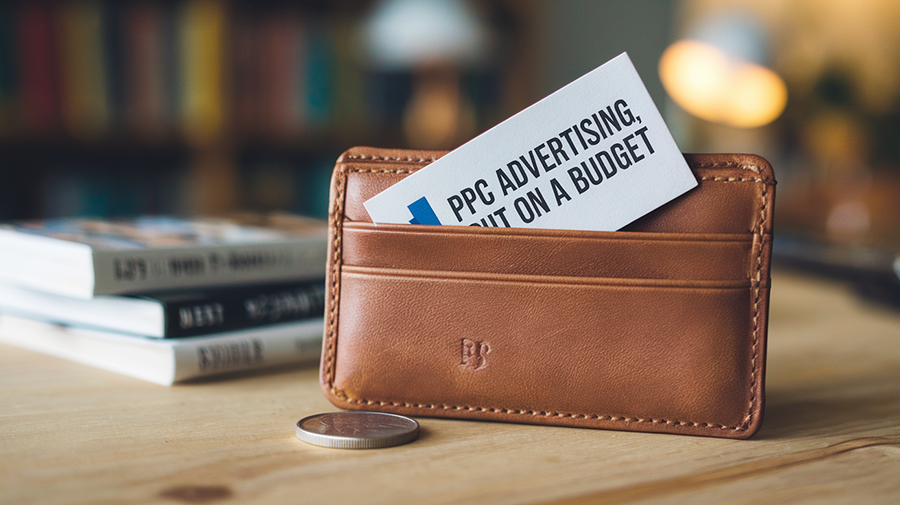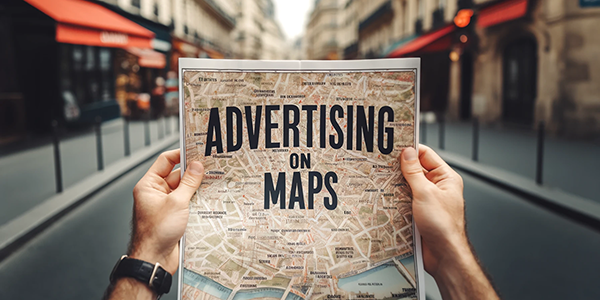content
Today’s contextual advertising industry dictates its own rules for businesses. It doesn’t even matter how big it is, because every company that sells goods or provides services online has to advertise online to stay accessible to the end customer. Fortunately, the search giant Google understands this very well, so a Google Ads account offers flexible settings to succeed even with a very limited budget. In this article by ADV Advantage, we will look at how to get the most out of Google Ads advertising with a minimal advertising budget, what aspects of launching advertising creatives should be paid the most attention to, and what settings should be avoided so as not to spend a month’s budget in one day.
Attractive and optimized website
Modern PPC advertising involves a fee for each action taken by a Google user. This fee for an advertising click or a certain action is determined at a bid auction, which is saturated with your competitors. If your business’s website is still young or not sufficiently optimized, then you will have to overbid to beat your competitors solely due to the highest bid. This strategy is not effective for beginners, so make sure that your website meets Google’s requirements before launching ads.
We have already written more about Quality Score in this article: How to improve your website’s Quality Score?
In short, the website’s web pages should have a logical structure, load quickly, be optimized for desktop and mobile devices, not contain pages with 4xx or 5xx errors, etc.
Read more about the list of steps to take before launching a website in the article: How to check if your website is ready to launch Google Ads?
Perfect targeting is the foundation of PPC success
If you advertise to a wide audience, your budget will quickly be spent on untargeted clicks. To avoid this, you need to show ads only to those who are most likely to be interested in your offer. It is necessary not only to choose an approximate audience, but the most accurate one, because a small budget in the early stages will not allow you to monitor similar audience segments.

How to do it?
Focus on a narrow segment – choose clear audience parameters:
- Age, gender, income (in Facebook Ads, Google Display Network).
- Interests, behavior, profession.
- Use look-alike audiences (similar to your customers).
- The best time to interact with ads.
Remarketing – show ads to those who have already visited the site or added products to the cart. To do this, you need to create appropriate audience lists and target them.
- Google Ads: set up audiences in Google Analytics.
- Facebook Ads: create audiences based on interaction with your website or social media.
You should create audience lists from those users who are most interested in your products or services. The degree of interest can be determined by their path on the website. The best audience is the one that adds products to the shopping cart or studies the information on the About or Contact page.
Geo-targeting – set up ads only in the right regions:
- If you have an offline store, advertise only within a radius of 5-10 km from it.
- If your services are not relevant for all cities, exclude unnecessary regions.
Keywords and their selection
Google search advertising is based on the relevance of user queries to the keywords used. If the keywords you choose match the query, your ads will be displayed and receive clicks. You will be charged for each click, regardless of whether the user makes a purchase. There can be tens, hundreds, or thousands of these clicks per day, so you should optimize your keywords on an ongoing basis.

Popular and frequently used keywords have low conversion rates and high prices. Focus on the so-called long-tail keywords, which are descriptions of typical queries from users who are looking for something very specific. Long-tail keywords are a real boon for companies with a small advertising budget, because there is no high competition for these words, usually a click on these keywords is not expensive, and the conversion rate is much higher than for typical general phrases. Research your own business and focus on showing effective ads to a small audience that is confident in their choice.
To filter out low-quality keywords that are guaranteed to get you clicks, you should use minus word lists. This set of undesirable keywords should be added to the global minus keyword list at the account level.
Read more about using keywords in our article The importance of keywords in paid search.
Monitoring bids every day
PPC advertising means constant monitoring of resource consumption and regular optimization of advertising campaigns. The more time you spend on your Google Ads account, the better your results will be during the reporting period. Regardless of the chosen bidding strategy, it is always worth analyzing the incoming data in Google Analytics and Google Ads and making informed decisions. Changes should be made gradually, focusing on all available metrics, sometimes best of all with a preliminary A/B testing.

Conclusion
To effectively use a small budget in contextual advertising, you need to:
- Focus on a narrow audience (geo-targeting, remarketing).
- Choose the right keywords (long-tail, negative keywords, exact match).
- Create effective ads (A/B testing, USP, extensions).
- Control costs and bids (daily budget, bid optimization).
- Analyze performance and test new approaches (Google Analytics, ROAS, conversions).
Thus, even a small budget can bring good results if used correctly.
Subscribe to our newsletter



